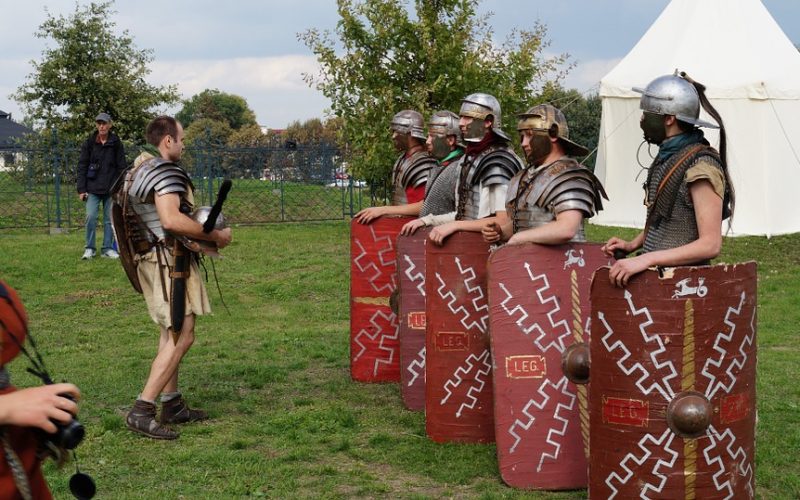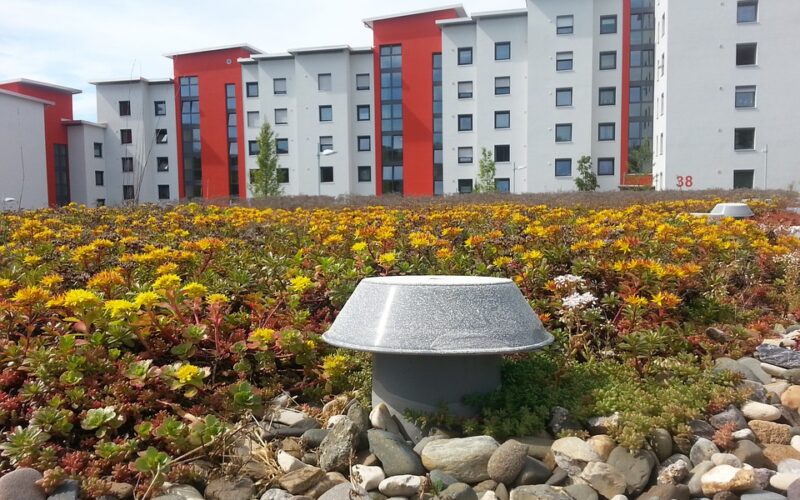The Construction of the Roman Empire
Many ancient civilizations were dependent on rivers as their main transportation conduit. Even today, jungles in countries such as Thailand use this method for easy transport. Roman roads were one of the marvels of the ancient world. The Roman habit of building roads in any landscape provided them with the ability to govern large areas without complete dependence on river transportation. Parts of their roads still remain today, and the Via Flaminia is one of the most famous. It has stood for nearly 2000 years.
Roman civilization was dependent on more than just roads to keep their empire together. Roman baths provided them with an important social outlet within their society. The baths were constructed to hold groups of people who would enjoy relaxing together in warm water. Builders of these famous baths needed to construct them with the ability to heat the water once they were filled. This alone was a construction project of great proportions for the time.
Fresh water delivered through aqueducts was another construction innovation provided by the Romans. Much of the land they inhabited and conquered was hilly. Wells often could and did go dry. Rather than moving towns and villages, the builders constructed great flumes to bring water down hills and mountains to local communities. Their civilization made great use of these conduits to provide a necessary resource where it would serve their citizens. This type of massive resource movement was a boon to keep local communities in place and productive.
The ancient empire of Rome provided many new innovations to construction during the height of their civilization. Some of their works still remain today, and this includes roads, baths and aqueducts. There have been improvements in construction methods, but the basic designs are still used in many areas today.

























